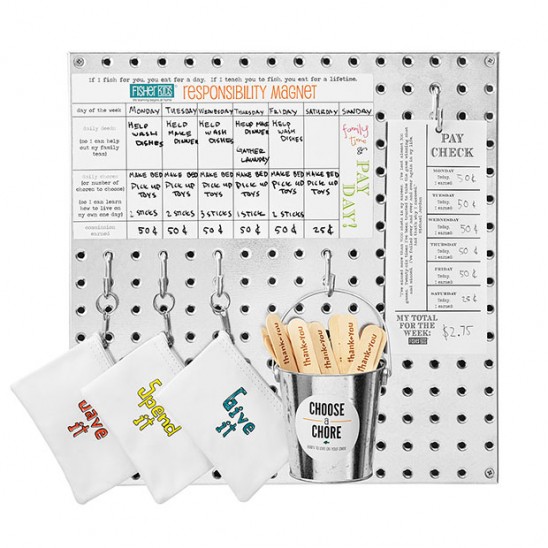 Not if you plan on penning your memoirs or painting a watercolor masterpiece! Studies have shown that while working in a tidy room encourages people to be more responsible and perform normatively “good” actions (think eating healthy, giving to charity, remembering to reschedule your cleaning at the dentist), working in a messy room encourages people to try new things and come up with creative ideas. During one of several controlled experiments, two groups of people, kept in either neat or messy rooms, were given smoothies and the option to enhance them with flavored “boosts.” Half of the boosts were deemed “classic” and the other half were “new.” Those in the cluttered room were more likely to opt for the newer, less typical add-ons. The theory is that disorderly environments tend to inspire breaking free of tradition, which can in turn produce fresh insights. This finding can go both ways; let the clutter pile up when you need to think outside the box, then tidy up once you’re ready to buckle down and get serious with eating well and finally making it to the gym—but if you lost track of your sneakers in all that clutter, maybe it’s a sign that you should just keep creating.
Not if you plan on penning your memoirs or painting a watercolor masterpiece! Studies have shown that while working in a tidy room encourages people to be more responsible and perform normatively “good” actions (think eating healthy, giving to charity, remembering to reschedule your cleaning at the dentist), working in a messy room encourages people to try new things and come up with creative ideas. During one of several controlled experiments, two groups of people, kept in either neat or messy rooms, were given smoothies and the option to enhance them with flavored “boosts.” Half of the boosts were deemed “classic” and the other half were “new.” Those in the cluttered room were more likely to opt for the newer, less typical add-ons. The theory is that disorderly environments tend to inspire breaking free of tradition, which can in turn produce fresh insights. This finding can go both ways; let the clutter pile up when you need to think outside the box, then tidy up once you’re ready to buckle down and get serious with eating well and finally making it to the gym—but if you lost track of your sneakers in all that clutter, maybe it’s a sign that you should just keep creating.
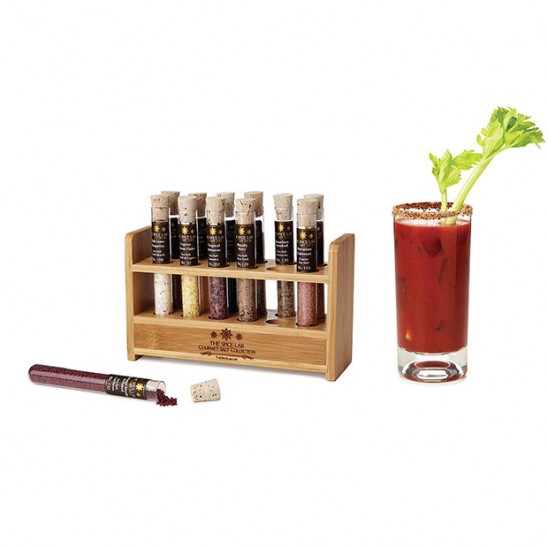 There is a lot of debate about the origin of the Bloody Mary. A bartender named Fernand Petiot claimed to have invented the recipe in 1921 while working at Harry’s New York Bar in Paris. Popular comedian George Jessel also purportedly created the drink while frequenting the 21 Club in New York City during the 1930s. But the men arguably most responsible for bringing us the Bloody Mary today might just be the father and son team of John and Ralph Kemp, from Frankfort, Indiana. See, before the Kemps came along, tomato juice was a rarity. It could only be served fresh, because the solids in it would very quickly separate, leaving an unpleasant texture. But the Kemps experimented with putting it through a viscolizer—a device used in commercially producing ice cream—and in 1928 they were successful at producing a tomato juice that maintained its quality on the shelves. That soon led to canned tomato juice, which led to the juice being accessible anywhere at any time of year. And at some point that was followed by a fortuitous conjoining of tomato juice with vodka, which has in turn contributed to making brunch a much more entertaining event.
There is a lot of debate about the origin of the Bloody Mary. A bartender named Fernand Petiot claimed to have invented the recipe in 1921 while working at Harry’s New York Bar in Paris. Popular comedian George Jessel also purportedly created the drink while frequenting the 21 Club in New York City during the 1930s. But the men arguably most responsible for bringing us the Bloody Mary today might just be the father and son team of John and Ralph Kemp, from Frankfort, Indiana. See, before the Kemps came along, tomato juice was a rarity. It could only be served fresh, because the solids in it would very quickly separate, leaving an unpleasant texture. But the Kemps experimented with putting it through a viscolizer—a device used in commercially producing ice cream—and in 1928 they were successful at producing a tomato juice that maintained its quality on the shelves. That soon led to canned tomato juice, which led to the juice being accessible anywhere at any time of year. And at some point that was followed by a fortuitous conjoining of tomato juice with vodka, which has in turn contributed to making brunch a much more entertaining event.
Uncommon Knowledge: Was bedding as hard as a rock ever a good thing?
March 3, 2014 At the end of a long day, we’re all looking for a soft place to rest out heads. Weary sleepers thousands of years ago didn’t have the luxury of plush pillows, though, and were instead destined to drift off to sleep on cozy slabs of stone and wood. While ancient Egyptians slept on pedestals to increase air flow and keep bugs away, early Asian cultures believed that soft pillows would steal energy from your body while you slept. They were instead replaced by minerals like jade, believed to translate energy from the stone to the brain. Good news for your energy levels, bad news for that crick in your neck.
At the end of a long day, we’re all looking for a soft place to rest out heads. Weary sleepers thousands of years ago didn’t have the luxury of plush pillows, though, and were instead destined to drift off to sleep on cozy slabs of stone and wood. While ancient Egyptians slept on pedestals to increase air flow and keep bugs away, early Asian cultures believed that soft pillows would steal energy from your body while you slept. They were instead replaced by minerals like jade, believed to translate energy from the stone to the brain. Good news for your energy levels, bad news for that crick in your neck.
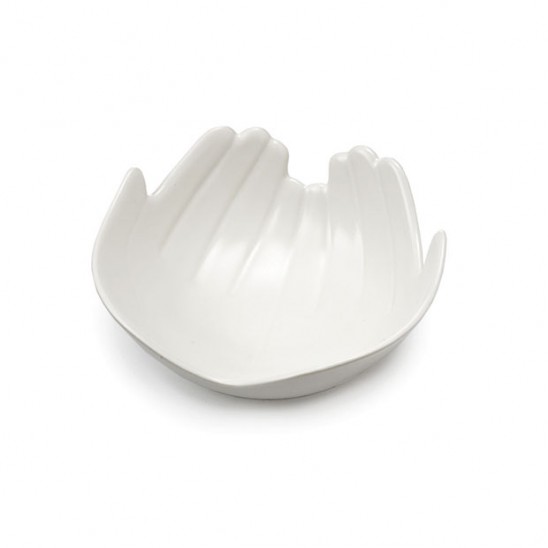 It’s an easy, elementary school question, right? We have five senses. Except that those five are an abridged and condensed version of all the senses the body actually has, probably because five senses is an easier concept to teach and remember. In fact, the body has many senses—there are easily fourteen or more, depending on how you count them. For example, while we talk about touch as a single sense, the body actually has separate receptors in the skin to feel pressure, heat, cold, pain and itchiness. There are senses that would be more awkward to talk about in class, such as the body’s ability to sense when its bladder or intestines are full. You can also sense hunger and thirst. And then there are the more mysterious senses. How do you give a simple name like “taste” to the sense that allows you to know where other parts of your body are, even with your eyes closed?
It’s an easy, elementary school question, right? We have five senses. Except that those five are an abridged and condensed version of all the senses the body actually has, probably because five senses is an easier concept to teach and remember. In fact, the body has many senses—there are easily fourteen or more, depending on how you count them. For example, while we talk about touch as a single sense, the body actually has separate receptors in the skin to feel pressure, heat, cold, pain and itchiness. There are senses that would be more awkward to talk about in class, such as the body’s ability to sense when its bladder or intestines are full. You can also sense hunger and thirst. And then there are the more mysterious senses. How do you give a simple name like “taste” to the sense that allows you to know where other parts of your body are, even with your eyes closed?
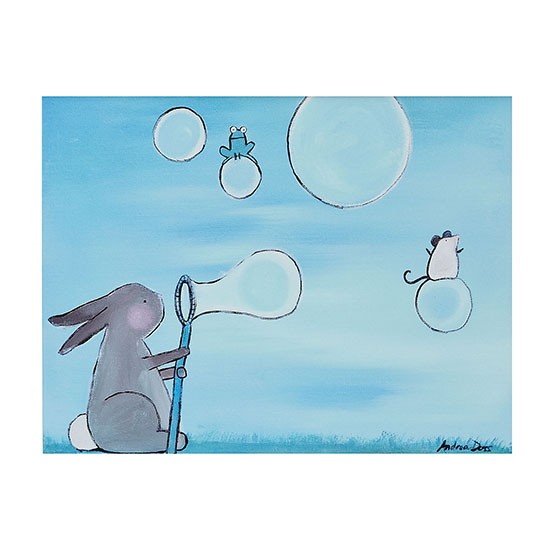 If the original inventors of bubble wrap had their way in 1957, you’d be popping your way to a peaceful sleep. Trying to create textured wallpaper by sealing two shower curtains together, Al Fielding and Marc Chavannes were intrigued by the air pockets caught between layers and thought it could be the future of wall décor. Needless to say, this didn’t catch on. The ambitious inventors tried to market it again as greenhouse insulation, which proved to be another dud. Third time was a charm, though, when the creator of the first IBM computer commissioned the addictive material for safety packing, making it the mailroom addiction we love today. We dare you not to pop every time you receive a package.
If the original inventors of bubble wrap had their way in 1957, you’d be popping your way to a peaceful sleep. Trying to create textured wallpaper by sealing two shower curtains together, Al Fielding and Marc Chavannes were intrigued by the air pockets caught between layers and thought it could be the future of wall décor. Needless to say, this didn’t catch on. The ambitious inventors tried to market it again as greenhouse insulation, which proved to be another dud. Third time was a charm, though, when the creator of the first IBM computer commissioned the addictive material for safety packing, making it the mailroom addiction we love today. We dare you not to pop every time you receive a package.
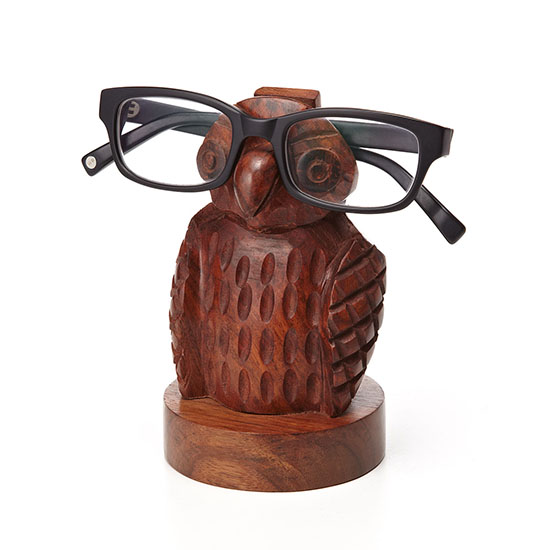 You might assume the answer is, “Well, duh.” But it can be literally and scientifically stated that men and women do, in fact, see things differently. Humans have some distinct sex differences in our senses. For example, women have a more developed sense of smell than men. In this case, researchers at City University of New York conducted a series of tests to find out whether gender affects vision as well. One test showed that men and women perceive the same wavelength of light as slightly different colors. Also, women have a heightened ability to distinguish between similar shades of color. On the other hand, male eyes are more adept at taking in details that move quickly or appear only for a moment. The scientists hypothesize that these differences develop as a result of testosterone levels in the embryo, but they can’t fully explain what advantage they might have imparted to their specific genders.
You might assume the answer is, “Well, duh.” But it can be literally and scientifically stated that men and women do, in fact, see things differently. Humans have some distinct sex differences in our senses. For example, women have a more developed sense of smell than men. In this case, researchers at City University of New York conducted a series of tests to find out whether gender affects vision as well. One test showed that men and women perceive the same wavelength of light as slightly different colors. Also, women have a heightened ability to distinguish between similar shades of color. On the other hand, male eyes are more adept at taking in details that move quickly or appear only for a moment. The scientists hypothesize that these differences develop as a result of testosterone levels in the embryo, but they can’t fully explain what advantage they might have imparted to their specific genders.
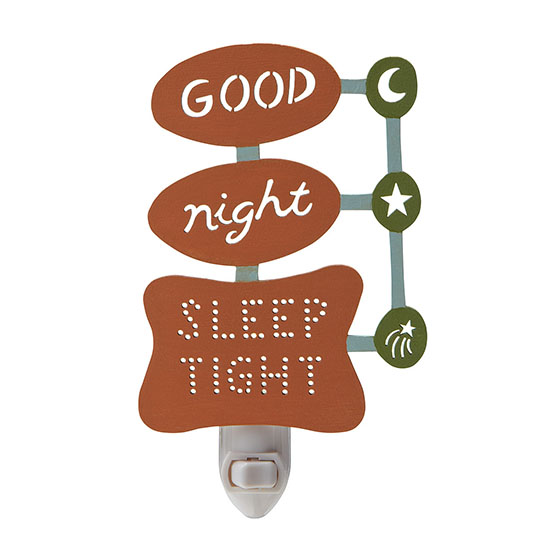 In the 1980s, two Italian researchers—Gabriele Schino (of the Institute of Psychology at Italy’s National Research Center) and Filippo Aureli (from the University of Rome)—were conducting research on yawning. They knew that some primate species exhibit a gender difference in yawn frequency, and they had a theory that this was triggered by a difference in the size of their canine teeth. To test this theory, they began to study the closest primate species available: humans. They had their team ride the trains in Rome, carefully observing and recording all yawns, even notating which were covered and uncovered. Their results? There is absolutely no difference between men and women in the frequency of yawning. But don’t you feel better knowing how thoroughly the question was researched? Thank you, science.
In the 1980s, two Italian researchers—Gabriele Schino (of the Institute of Psychology at Italy’s National Research Center) and Filippo Aureli (from the University of Rome)—were conducting research on yawning. They knew that some primate species exhibit a gender difference in yawn frequency, and they had a theory that this was triggered by a difference in the size of their canine teeth. To test this theory, they began to study the closest primate species available: humans. They had their team ride the trains in Rome, carefully observing and recording all yawns, even notating which were covered and uncovered. Their results? There is absolutely no difference between men and women in the frequency of yawning. But don’t you feel better knowing how thoroughly the question was researched? Thank you, science.
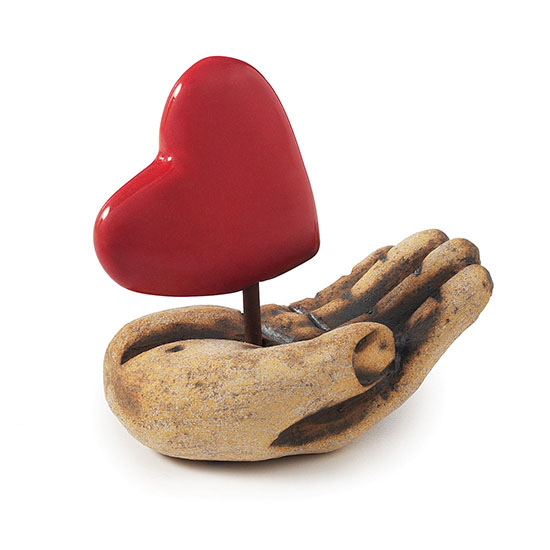 Your sweetie might hold the door for you, bring you flowers, and order oysters with dinner (and not the $1 oyster special kind, the kind off the actual menu!), but do they hold your hand all night to keep you from getting lost somewhere during your REM cycle? Didn’t think so. As if being adorably good swimmers wasn’t enough, otters sleep holding hands so one doesn’t get swept away from the rest of the group. Sweet dreams, furry friends!
Your sweetie might hold the door for you, bring you flowers, and order oysters with dinner (and not the $1 oyster special kind, the kind off the actual menu!), but do they hold your hand all night to keep you from getting lost somewhere during your REM cycle? Didn’t think so. As if being adorably good swimmers wasn’t enough, otters sleep holding hands so one doesn’t get swept away from the rest of the group. Sweet dreams, furry friends!
